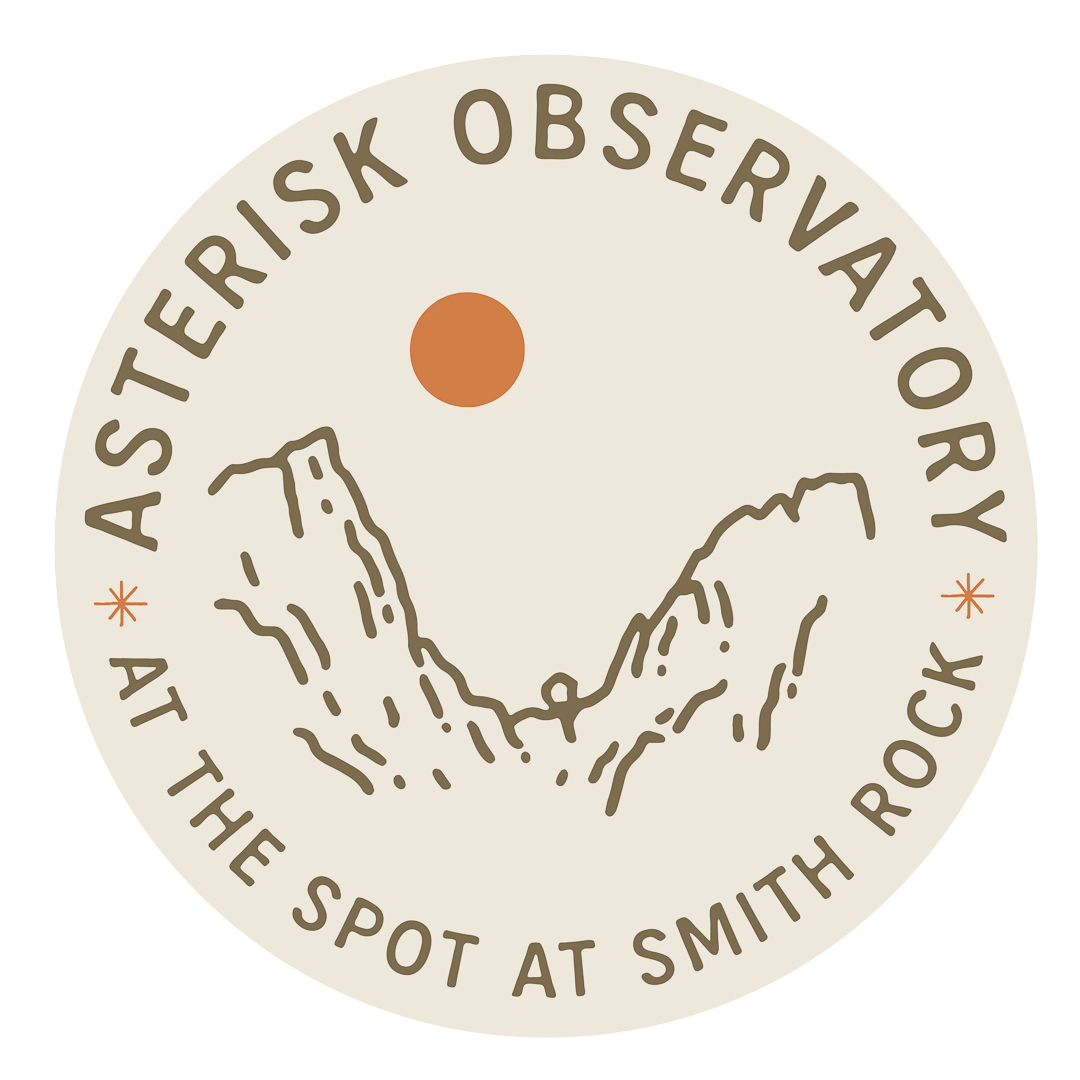March Guest Post: Stars Over Sisters
Authors: Madi Varner and Althea Crabtree
NGC 2566 is a beautiful barred spiral galaxy located 76 million light-years away in the constellation of Puppis. Photo credit: ESA/Hubble & NASA
The featured constellation for March is Puppis, a large grouping of stars that resides on the celestial sphere’s southern hemisphere. To be fair, however, only the northern portion of this region of the sky is visible from our latitude. But the treasures found here make the search worthwhile for many stargazers.
Puppis was originally part of a much larger constellation known as Argo Navis that was established by Greek astronomer Claudius Ptolemy in the second century. In Greek Mythology Argo Navis represented the ship sailed by Jason, Hercules, Castor, and Pollux on a quest to Colchis for the Golden Fleece.
Jason was the son of King Aeson of Iolcus, who was unseated from his throne by his treacherous half-brother, Pelias. As Jason grew, he became determined to regain the throne. In an attempt to rid himself of Jason, Pelias promised Jason his rightful inheritance if he brought back the Golden Fleece from Colchis, thinking he would probably perish in the attempt. But when Jason succeeded, Pelias reneged on his promise.
In 1752 French astronomer Nicholas Louis de Lacaille divided Argo Navis into three smaller constellations: Carina (the ship’s keel), Vela (its sails) and Puppis (its stern).
To find Puppis, pick a clear, dark evening and find a location that has an unobstructed view of the southern horizon. First, locate Sirius in the constellation of Canis Major. This is easy because it’s the brightest star in our night sky. The western boundary of Puppis is about 10 degrees due east from here. With an apparent magnitude of 2.25, Zeta Puppis (Naos) is the constellation’s brightest star.
Puppis contains an impressive assortment of deep sky objects. While most of them are open star clusters (three of which are listed in Messier’s catalog of nebulae and star clusters), globular clusters, planetary nebulae, and galaxies are there too. A favorite target of amateur astronomers is M46, an open cluster that appears to contain a planetary nebula, visible in small-to-medium sized telescopes.
The beautiful barred spiral galaxy NGC 2566 pictured in this article was imaged by the Hubble Space Telescope. It lies at a distance of approximately 76 million light-years.
Spring in the Northern Hemisphere begins on Thursday March 20 at 2:01 a.m. PDT when the sun crosses the celestial equator on its journey northward. The spring equinox is one of two days of the year that have equal hours of day and night nearly everywhere on Earth.
Look to the west at nightfall to find Mercury and Venus early in the month. By the end of the month, Venus disappears from the evening sky and emerges as a morning planet. Jupiter is still in Taurus, situated just above the “V” (the Hyades cluster). It will set by 1 a.m. as the month ends. Mars in Gemini is visible well into the early morning hours throughout March. Saturn is lost in the sun’s glare all month.
On March 13/14 we will be treated to a total lunar eclipse! At 10:10 p.m. PDT on March 13, the darkest part of Earth’s shadow (the umbra) will begin to move across the moon. Totality will last from 11:26 p.m. to 12:31 a.m. March 14. During this time, the shadow will completely engulf the moon, turning it orange or red in color. The moon will completely exit the umbra by 1:48 a.m.
To ensure the extraordinary sea of stars and other celestial wonders will continue to be visible in our International DarkSky community, we ask that you help reduce light pollution by turning off all outdoor lights when not in use, and by 10 p.m. at the latest. Be sure to go outside and be on the lookout for stunning wonders embedded in our stars over Sisters!


